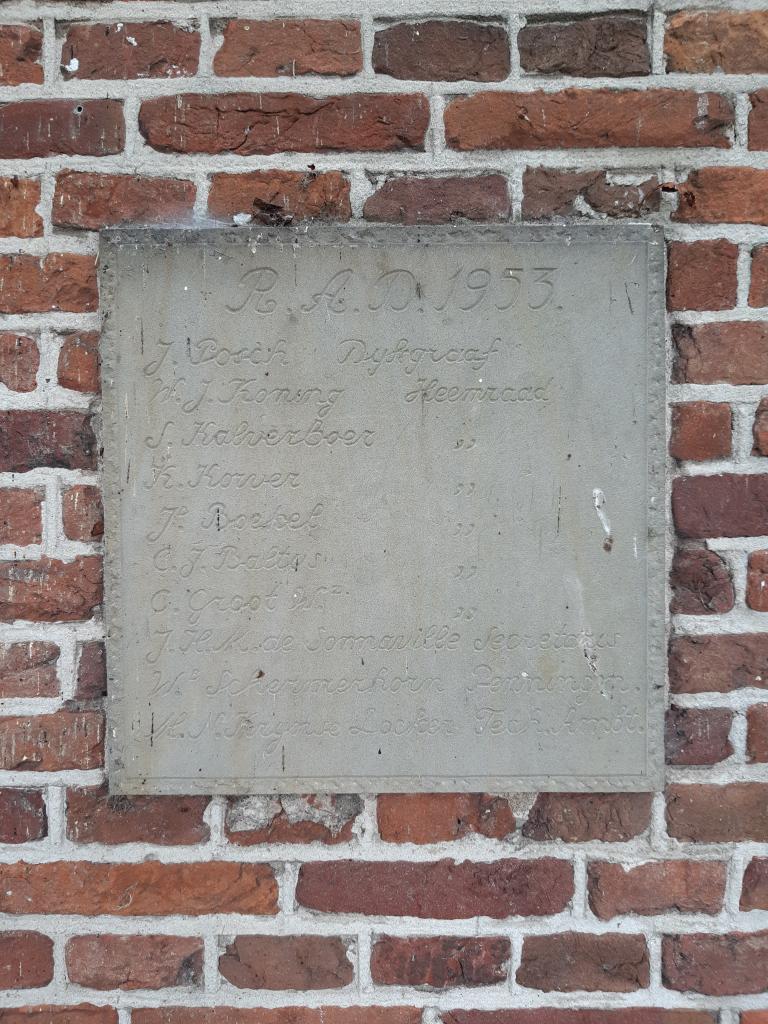Noorderpolder House
The Noorderpolder House of the Schermer, located on the dike north of Schermerhorn, is a jewel in the landscape. The national monument is a water board house with a long and interesting history. The Noorderpolder house cannot be visited, but is usually opened with Open Monument Day.
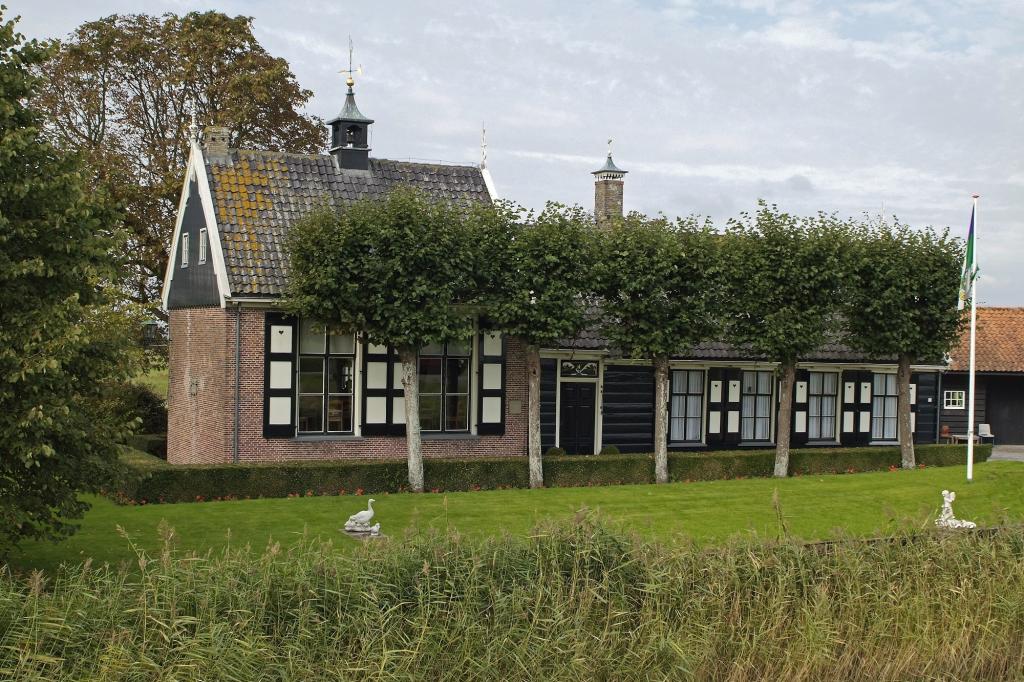
From carpenter's house to water board house
The Noorderpolder House was originally built as a service house for the mill carpenter. He was in charge of the large mill workshop the Noorderwerf. In the barns, people worked on the maintenance of the 52 mills that dried the Schermer at the time.
The exact date of construction is not known, but the oldest written record is from December 11, 1661. In the belfry (in the skylight) hangs a bell with edge lettering 1681, which confirms the 17th-century origin of the building.
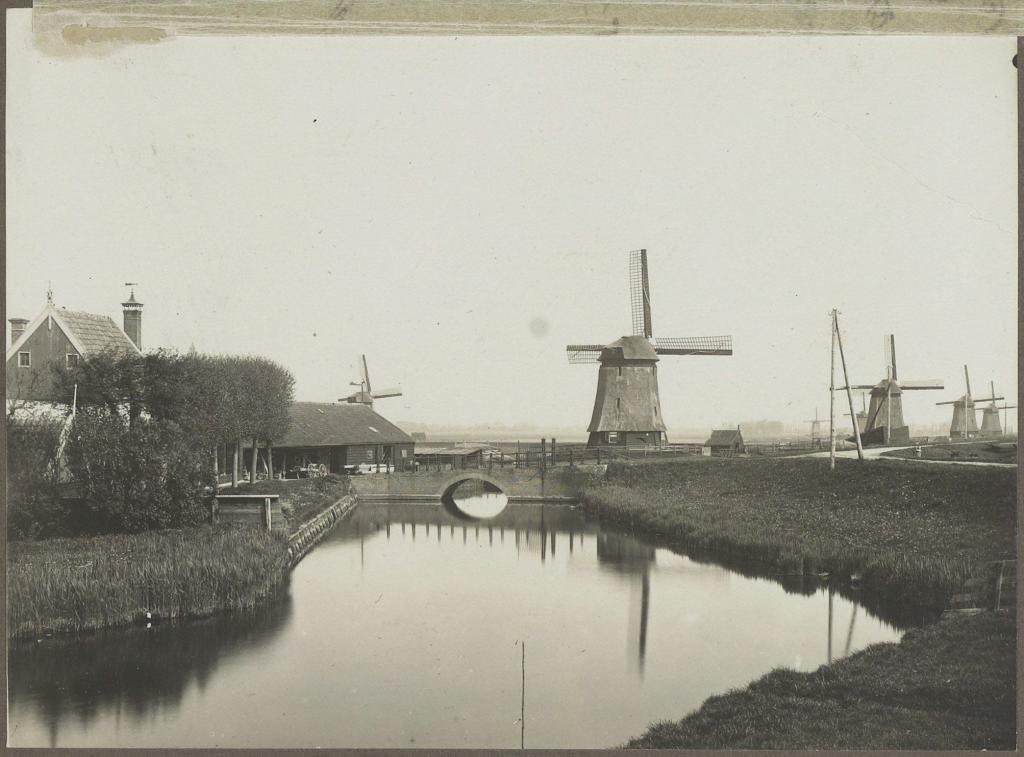
In 1744 the house was bought by the polder board of Waterschap Schermeer and converted into a polder house. The polder board continued to meet in the town hall of Alkmaar. In addition, the polder house was a convenient meeting location in the middle of the mills, which often required maintenance costs. On the south side the house was extended in 1752 with a corridor and a higher section with wooden gables, in which the gentlemen's room was located. This extension was built in brick because it was more durable. There was also a Zuiderpolder house, which stood near Driehuizen. That was demolished in 1958.
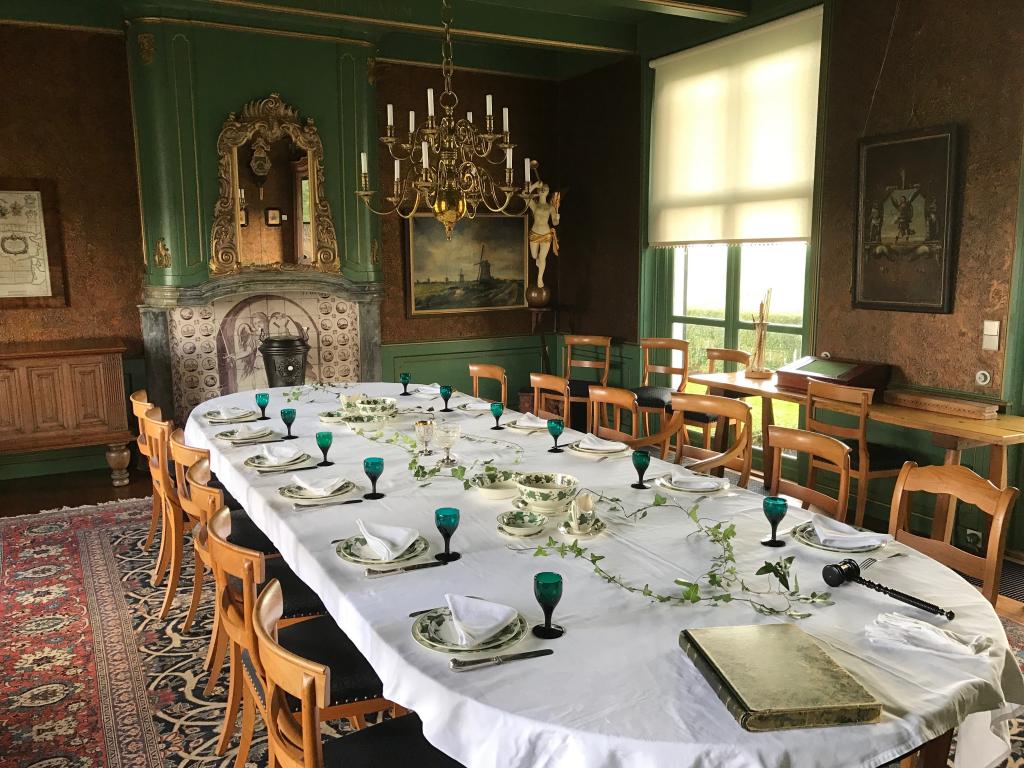
Meetings at booth
The gentlemen's room was used for meetings, meals and as a reception room by the dike reeves and heemraden of Waterschap Schermeer and its successors Het Lange Rond and Hoogheemraadschap Hollands Noorderkwartier. Striking elements in the meeting room are the bronze-green painted beams with Latin sayings in gold paint, the marble mantelpiece with Rococo carvings, the mahogany oval table, the oak map case, the twelve-armed chandelier, the angel on the globe (The Fame) made of oak from a Schermer mill and the corner cupboard with water board glasses. Surrounding the table are chairs, one of which has armrests, it was intended for the dikewarden.
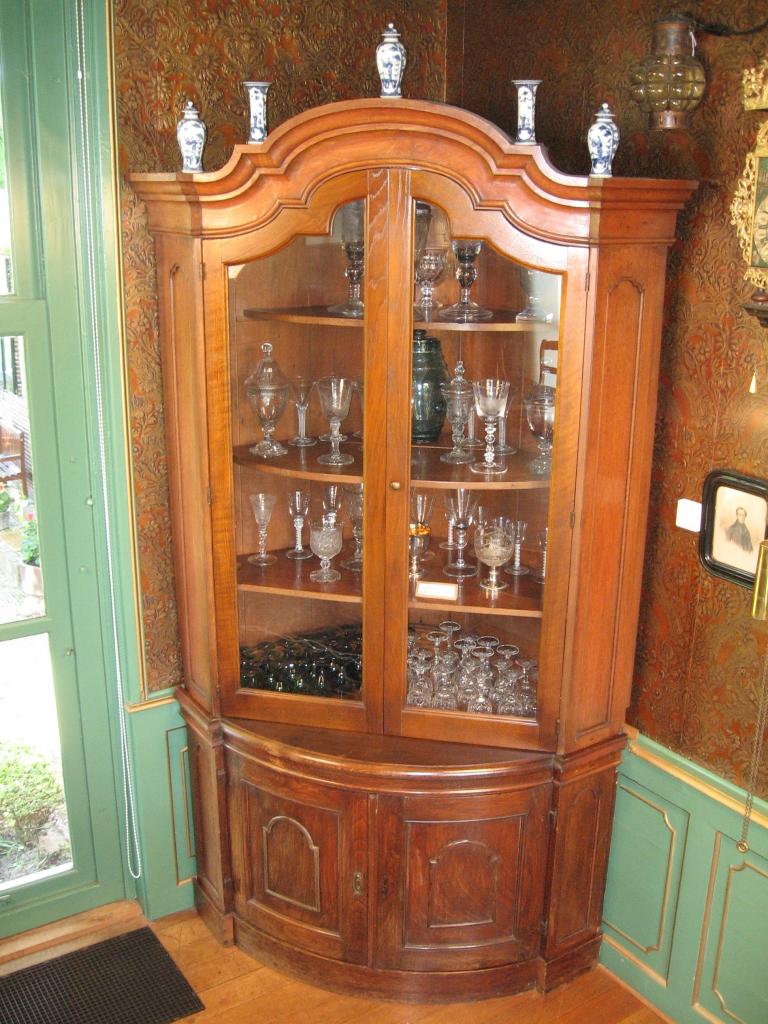
Roasting, bowling and dining
Every year in autumn, the board considered whether the farmers had removed reeds and aquatic plants from the ditches so that the water could drain unhindered. After this inspection, the board decided in the men's room who deserved a fine for not having done this work. This important day ended with a meal, but first the gentlemen went bowling. Because the Noorderpolder house was far from civilization, they had their own bowling alley in the carpenter's shed. The ringing of the bell was the sign that it was time to go to the table in the gentlemen's room for the supper. The table was richly set with their own silver cutlery and a Wedgwood service with an ivy motif. Ivy is a plant that ties things together and is therefore a symbol of friendship. The hens cup was also at the ready. The word "Henze" or "hanze" means alliance and the cup was used to toast friendship.
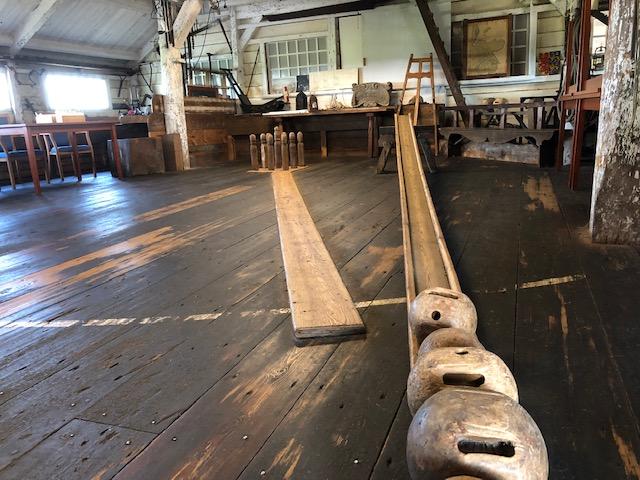
Threatened with demolition
By 1950, the polder house was in bad shape. Under the leadership of Dike Earl Posch, it was decided to undertake a major renovation, although objections were raised due to the high cost. The restoration was completed in 1953. A plaque in the facade commemorates the festive reopening. Major restoration work was again carried out in 2019. Meetings are still held in the complex and the traditional hearth supper also takes place here in the fall. The living area is in use.
